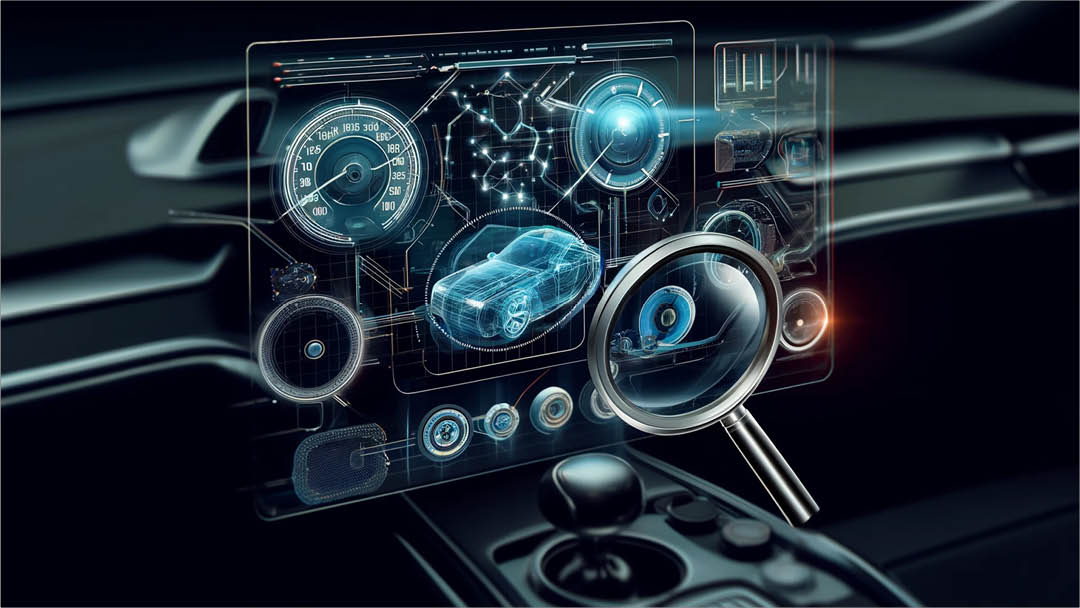The project began against a backdrop of key trends within the automotive industry:
AUTOSAR Adaptive Platform: Deployed by the AUTOSAR consortium, this platform catered to the escalating demands of automotive systems in terms of complexity and connectivity, crucial for autonomous driving and advanced driver-assistance systems (ADAS).
Centralized E/E Architectures: OEMs were moving towards centralized architectures to enhance system efficiency and flexibility, incorporating advanced virtualization technologies and AUTOSAR enhancements in ECU hardware.
Android Automotive OS: Increasingly adopted as a native operating system fully integrated into vehicle hardware, with Android 11 being employed for this project despite the availability of Android 12.
Widespread Adoption: Major manufacturers, including Volvo, Polestar, and General Motors, were standardizing on Android Automotive OS for their new vehicle models.






